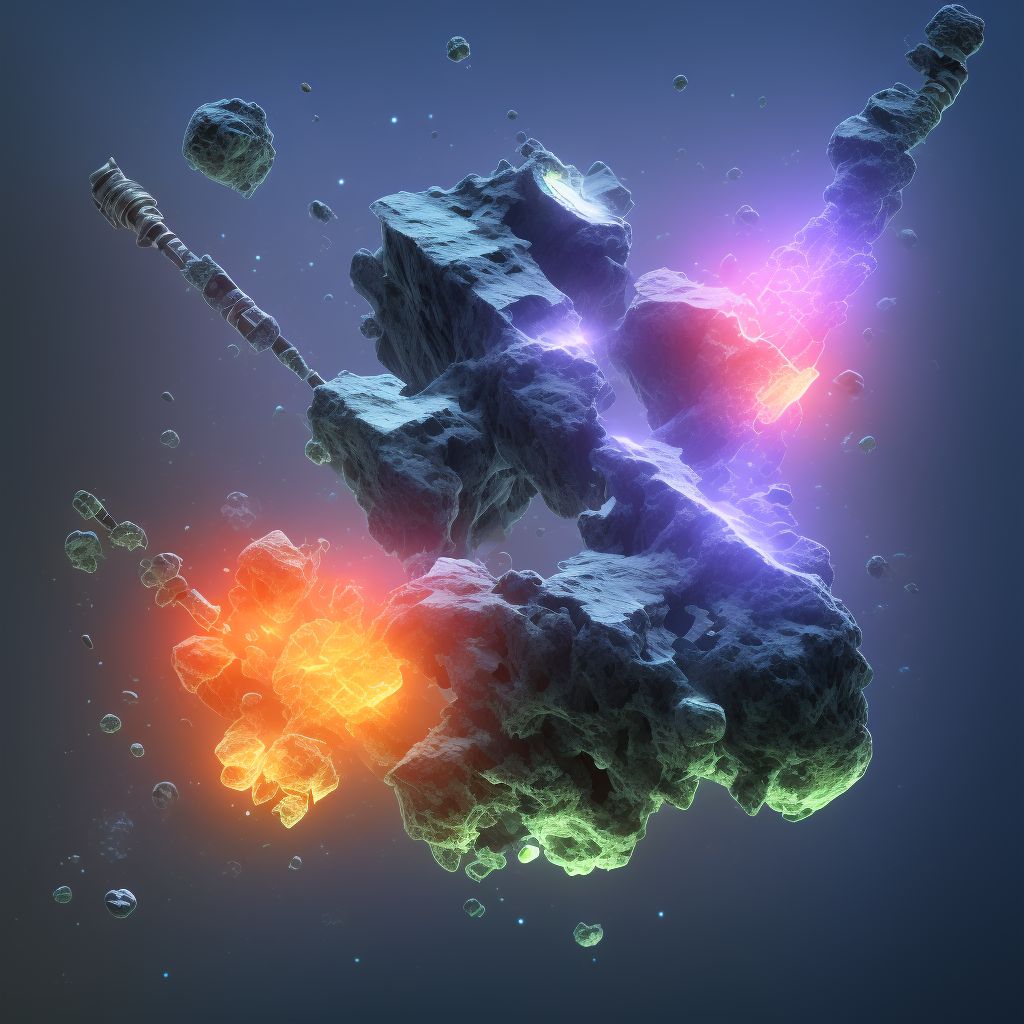
Displaced oblique fracture of shaft of unspecified tibia, subsequent encounter for open fracture type IIIA, IIIB, or IIIC with malunion Save
ICD-10 code: S82.233R
Disease category: S82.233: Displaced oblique fracture of shaft of unspecified tibia
Displaced Oblique Fracture of Shaft of Unspecified Tibia: Understanding Malunion
A displaced oblique fracture of the shaft of the tibia is a serious injury that requires proper medical attention. In some cases, the fracture may not heal correctly, leading to a condition called malunion. Malunion occurs when the fractured bones heal in an incorrect position, causing functional impairments and discomfort. This article will discuss the subsequent encounter for open fracture type IIIA, IIIB, or IIIC with malunion, without focusing on treatment options.
1. What is a subsequent encounter for open fracture type IIIA, IIIB, or IIIC with malunion?
A subsequent encounter refers to a follow-up visit for a previous injury. In this case, it is for an open fracture (where the skin is broken) classified as type IIIA, IIIB, or IIIC, combined with malunion. Malunion means that the fractured bones have healed in an improper alignment, leading to deformity and functional limitations.
2. Common symptoms and challenges
Patients experiencing a subsequent encounter for an open fracture with malunion may face various symptoms and challenges. These can include persistent pain in the affected area, limited mobility, difficulty performing daily activities, and an altered gait pattern. The severity of these symptoms can vary depending on the extent of malunion and the patient's individual circumstances.
3. Importance of medical evaluation
A subsequent encounter for open fracture type IIIA, IIIB, or IIIC with malunion requires thorough medical evaluation to assess the patient's current condition accurately. This evaluation often includes physical examinations, imaging tests (such as X-rays or CT scans), and discussions about the patient's symptoms and challenges. Based on these evaluations, healthcare professionals can determine the appropriate course of action to alleviate the patient's discomfort and improve their quality of life.
- Treatment options
- Non-surgical interventions (such as physical therapy, pain management, and assistive devices) to improve mobility and reduce pain.
- Surgical interventions (such as osteotomy or corrective surgery) to realign and stabilize the bones, allowing for proper healing.
In conclusion, a subsequent encounter for open fracture type IIIA, IIIB, or IIIC with malunion requires careful evaluation and appropriate treatment to address the associated symptoms and challenges. Seeking timely medical attention is essential to improve the patient's functional outcomes and overall well-being.
Treatment of Displaced oblique fracture of shaft of unspecified tibia, subsequent encounter for open fracture type IIIA, IIIB, or IIIC with malunion:
Treatment Options for Displaced Oblique Fracture of Shaft of Unspecified Tibia with Malunion
A displaced oblique fracture of the shaft of the tibia can be a severe injury that requires immediate attention and appropriate treatment. When the fracture is not properly aligned during the healing process, it can result in malunion, which refers to the improper alignment and positioning ...
To see full information about treatment please Sign up or Log in